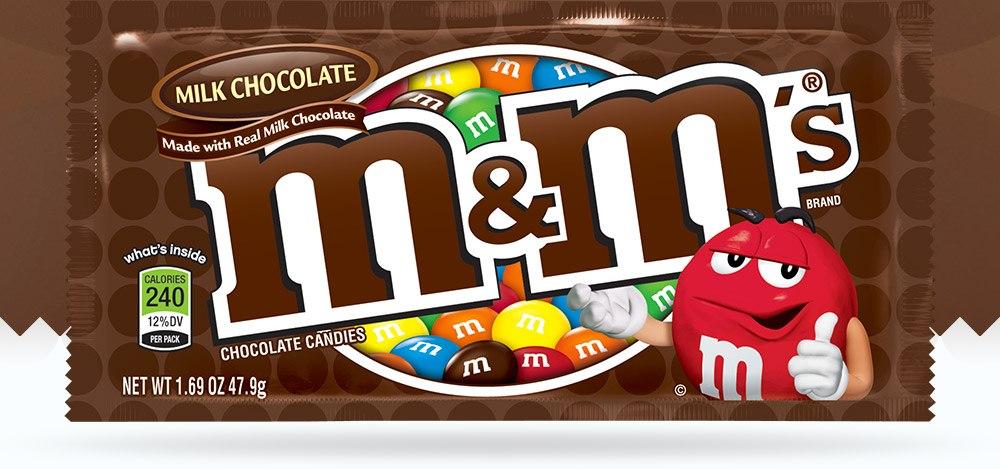
Mars, Inc. has big sustainability goals. Its 2040 target is to eliminate all fossil fuel energy use and greenhouse gas emissions (GHG) from its direct operations.
One way it is working towards that goal is by investing in renewable energy. It announced in April that it will invest in and build a new wind farm in Texas, which will help it meet its 2015 goal of 25 percent reduction of fossil fuel energy use and GHG emissions. Its fourth annual Principles in Action Summary contains other sustainability targets and initiatives.
Making its supply chain more sustainable is also important to Mars. As a large and global food company, it uses vast quantities of things like palm oil and cocoa. In March, it launched a new Deforestation Policy and committed to a fully traceable palm oil supply chain by the end of 2015. Mars is also the largest purchaser of cocoa from certified sources, and has increased its purchase of certified cocoa to 30 percent. The goal is 100 percent certified cocoa by 2020.
Mars is working with farmers, including basmati rice farmers in Pakistan. The company works with these farmers to help them minimize the use of chemicals, optimize water use and improve productivity through a partnership with the International Rice Research Institute. Through the partnership, farmers receive a premium price over conventionally-grown basmati.
Mars also works with women in cocoa farming communities in West Africa and Indonesia to empower them. Women do almost 45 percent of the labor on cocoa farms so empowering them helps their families. In 2013, Mars Chocolate signed the U.N. Women’s Empowerment Principles to demonstrate its “commitment to empowering women in the cocoa sector.”
Additionally, Mars is working to combat child labor and trafficking in the cocoa supply chain through partnerships with governments, NGOs and industry. In addition, Mars Chocolate has 20 Cocoa Development Centers (CDCs) across Africa and Indonesia and has 35 more planned for 2014. In some areas CDCs are linked with Cocoa Village Centers (CVCs), or small independent businesses run by local entrepreneurs. The CVCs sell approved planting material and teach, promote and implement techniques that can help smaller farms.
Missed targets prove to be opportunities for improvement
Even though Mars missed several of its 2013 targets, it is working to meet them. One of those goals is that all of its single-serve chocolate products would be at or below 250 calories per portion by the end of 2013. It only achieved 95 percent, but continues to work toward meeting that goal. Many of its popular chocolate bars, including Snickers, Mars and Milky Way, have reduced their saturated fat and and are now within the 250-calorie limit.
Another missed goal is its targets for coffee certification and packaging reduction. It only achieved 73 percent of coffee certified by 2013, but states that “we are confident of meeting our target by year end 2014.” Instead of reducing its packaging weight -- the 2013 goal was a 10 percent reduction -- the weight actually increased in 2013 by 4.1 percent, which the report attributes to growth.
Image credit: M&M’s

Gina-Marie is a freelance writer and journalist armed with a degree in journalism, and a passion for social justice, including the environment and sustainability. She writes for various websites, and has made the 75+ Environmentalists to Follow list by Mashable.com.














